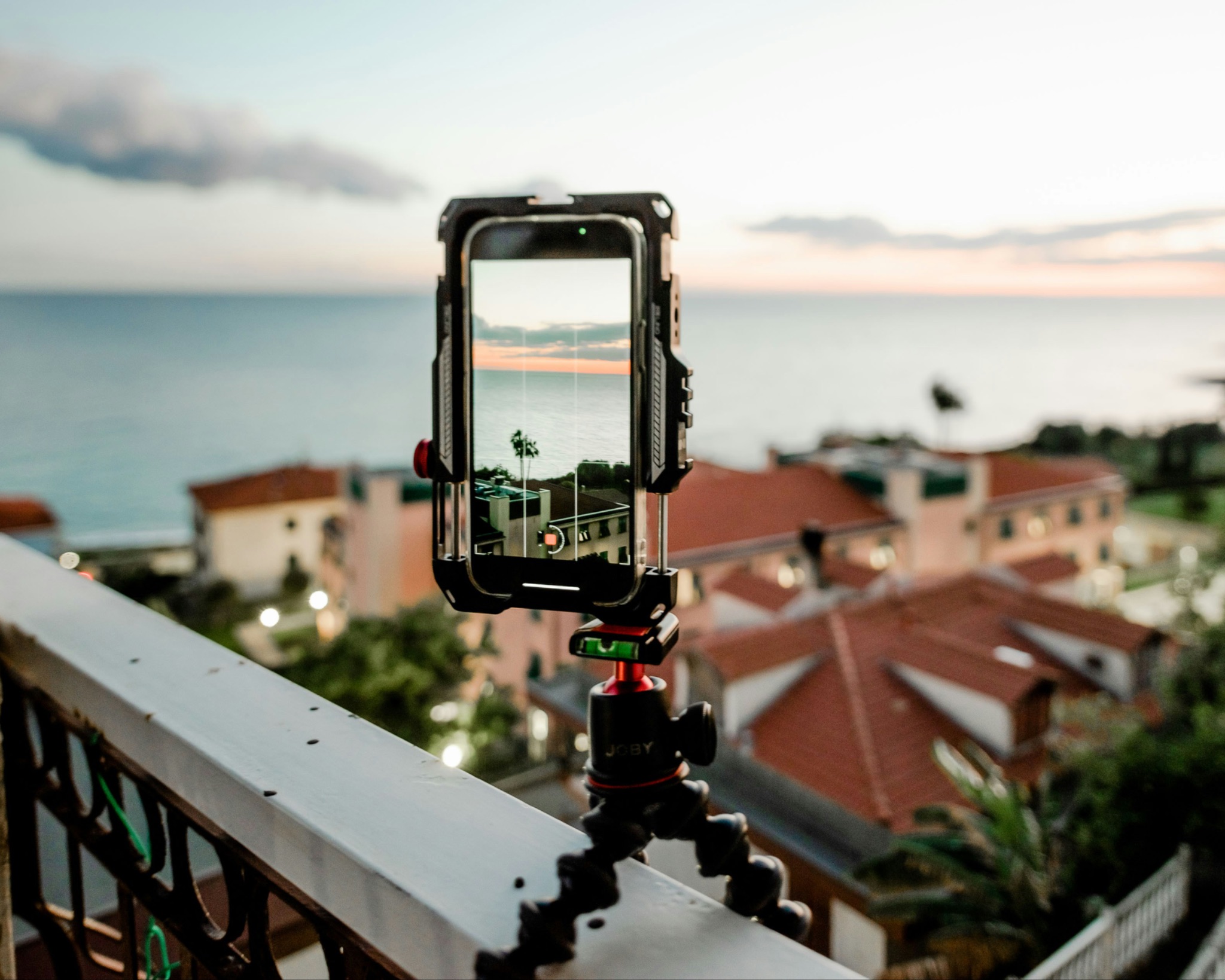![]()
Researchers captured first-of-its-kind footage of a new glow-in-the-dark species of sea slug living in the “midnight zone” of the ocean — a part untouched by sunlight more than 7,000ft below the surface.
Researchers at the Monterey Bay Aquarium Research Institute (MBARI) filmed the newly-discovered mystery mollusc swimming through the pitch-black waters of the Pacific Ocean.
In the footage, the glowing sea slug swims through the ocean’s midnight zone with a large hood and paddle-like tail, and lights up with brilliant bioluminescence.
Recent advancements in camera technology enabled scientists to film the bioluminescence display of the mystery mollusc in unprecedented detail.
“When we first filmed it glowing with the ROV [remotely operated vehicle], everyone in the control room let out a loud ‘Oooooh!’ at the same time. We were all enchanted by the sight,” MBARI Senior Scientist Steven Haddock says in a statement.
“Only recently have cameras become capable of filming bioluminescence in high-resolution and in full color. MBARI is one of the only places in the world where we have taken this new technology into the deep ocean, allowing us to study the luminous behavior of deep-sea animals in their natural habitat.”
The MBARI first spotted this mystery mollusc over 20 years ago, while using the ROV Tiburon offshore of Monterey Bay at 8,576 feet deep.
The team leveraged MBARI’s advanced and innovative underwater technology to gather extensive natural history information about the mystery mollusc. After reviewing more than 150 sightings from MBARI’s ROVs over the past 20 years, they published a detailed description of this animal and gave it the scientific name “Bathydevius caudactylus.”
According to the researchers, the Bathydevius caudactylus has a mouth that resembles a Venus fly trap and organs that glow a bright orange. This unique mouth shape is used to trap crustaceans, unlike other sea slugs that use a raspy tongue to feed on prey attached to the seafloor.
If threatened, the Bathydevius caudactylus lights up and glows bioluminescence blue to deter and distract hungry predators. On one occasion, researchers observed the animal illuminate and then detach a steadily glowing finger-like projection from the tail, likely serving as a decoy to distract a potential predator.
The new deep-sea species has been found to live off the Pacific coast of North America, as far north as Oregon and as far south as Southern California. The Bathydevius caudactylus lives in the midnight zone of the ocean, requiring unique adaptations to survive in an environment of frigid temperatures, inky darkness, and crushing pressure.
“What is exciting to me about the mystery mollusc is that it exemplifies how much we are learning as we spend more time in the deep sea, particularly below 2,000 meters,” Haddock says,
“For there to be a relatively large, unique, and glowing animal that is in a previously unknown family really underscores the importance of using new technology to catalog this vast environment.”
Image credits: Header photo courtesy of 2014 MBARI.










 English (US) ·
English (US) ·